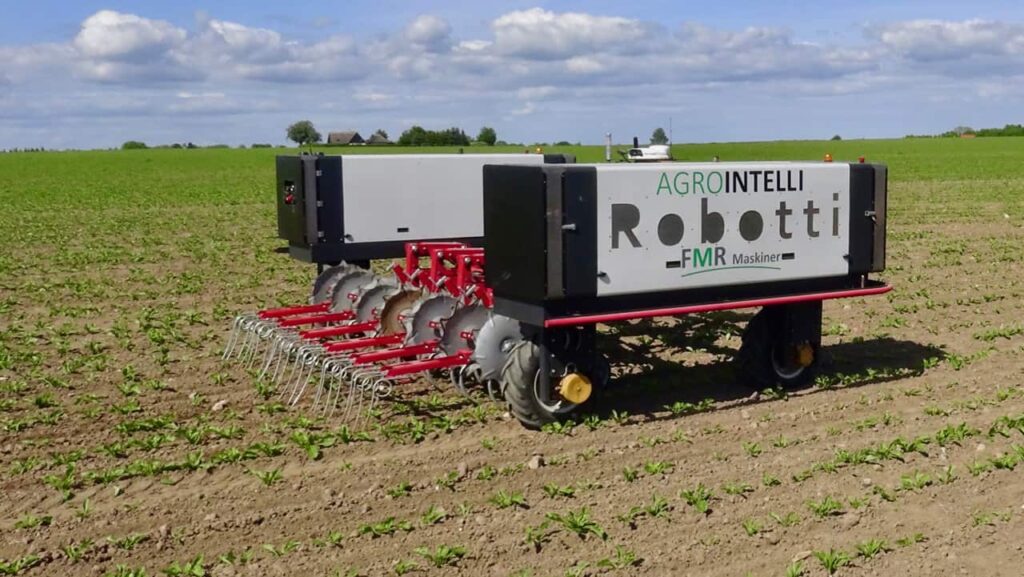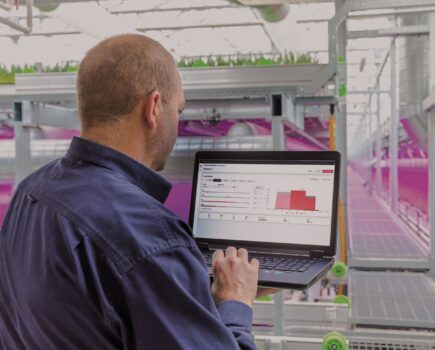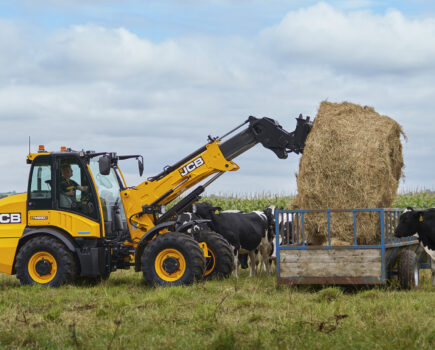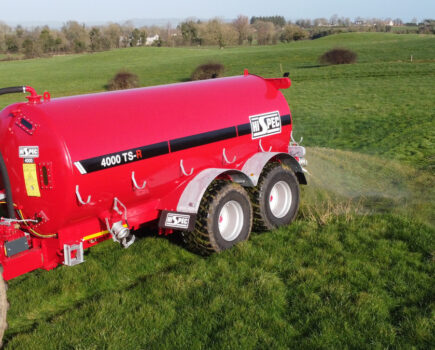After six years of intensive work on developing a sustainable agri-tech concept, the new generation of Robotti, the autonomous implement carrier, celebrates its world premiere at the Agritechnica trade fair in Hannover, Germany. It is among the first autonomous implement carriers of its kind on the market, and AgroIntelli, the company behind it, expects an international breakthrough for Robotti and agri-robotics at the fair.
The Robotti 150D is a versatile, autonomous implement carrier – powered like a medium-sized tractor, but without a driver. Robotti is one of the first usable robots that can be used for harrowing, sowing, mechanical cleaning, spraying etc. The capacity is up to 3 ha per hour, depending on the tasks to be solved in the field.
With Robotti, we start a new agri-tech era in agriculture and horticulture where the autonomous implement carriers become commercially sustainable and can be integrated into daily operations, says Henrik Lynge Jacobsen, Sales Director at AgroIntelli, the company that has developed – and produces – Robotti.
Timeliness, uniformity, time savings and sustainability are the major arguments for acquiring Robotti, the director says and continues: For example, as Robotti is lighter, the soil can carry it as soon as it is serviceable, helping the farmer optimize sowing time.
Robotti 150D is an evolution of the unique, autonomous concept that has been tested over the past year with good results. These results have now been incorporated into the new model that will be introduced to the market in 2020. It has grown larger and more capable with bigger wheels and now 150 hp ‘under the hood’. A version with 75 hp called Robotti 75S will also be available.
Among others, Robotti has already been sold to Wageningen University, Ghent University and Aarhus University, where it is part of experimental work within robot-technology.
Large power reserves and less ground pressure
The large version is equipped with two 75 hp Kubota diesel engines, which provide plenty of power and good operating speed of up to 10 km/h. In addition, the hydraulics come with three double-acting PTO outlets and one return outlet. It offers ample power to handle a variety of implements via the standard three-point suspension. With a full height of 92 cm, Robotti can also work in late crops’ growth stages.
The centre mounting and the even distribution of weight on the four traction wheels helps balancing the power efficiency. Robotti is 35-50% lighter than a similar conventional tractor, significantly reducing soil compaction. At the same time, the farmer can start the sowing work earlier due to the reduced soil pressure.
Precision and safety are high priority
Precision and safety are based on digital technology and are a high priority for Agrointelli. Robotti is equipped with laser scanner, camera and RTK/GPS as standard. The security systems are redundant and function independently of each other.
As an option, Robotti can be equipped with a number of powerful software packages, including plant counting and measuring weed intensity in the form of “weed maps”.
Intelligent route planning saves valuable time
Work plans for Robotti are managed online, where the user can use existing GPS field maps or create new ones. A computer calculates the most effective route plan to minimize fuel consumption, but also to minimise structural damage to the field.
The log function also controls the history. Detailed maps are stored and documented for each job. Likewise, images and recordings from mounted cameras and sensors on the autonomous robot can be stored via the logging function.
Operational safety is already documented
During development, it has been important for AgroIntelli to let Robotti operate under realistic conditions. Therefore, it is equipped with standard Kubota engines and reliable hydraulics etc. for low operating costs and easy service and maintenance.
Robotti is profitable – here is an example
As an example, our calculations show that it pays off to invest in a complete Robotti solution with tools for growing potatoes compared to a similar investment in a conventional tractor with implements, reports Henrik Lynge Jacobsen. We have calculated the cultivation of 100 hectares of potatoes annually over a five-year period. With Robotti, the return on investment is 181% versus 138% for the conventional tractor solution. This is partly due to lower labour costs and higher dividends because of less structural damage in the field.
The robots are ready, and now it’s up to the agricultural industry to adopt the new technology, concludes Henrik Lynge Jacobsen from AgroIntelli.






